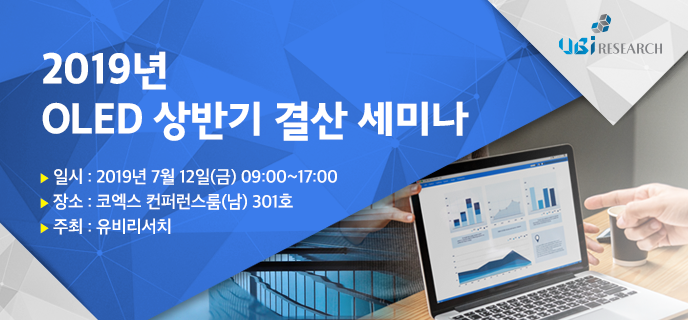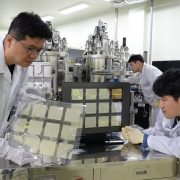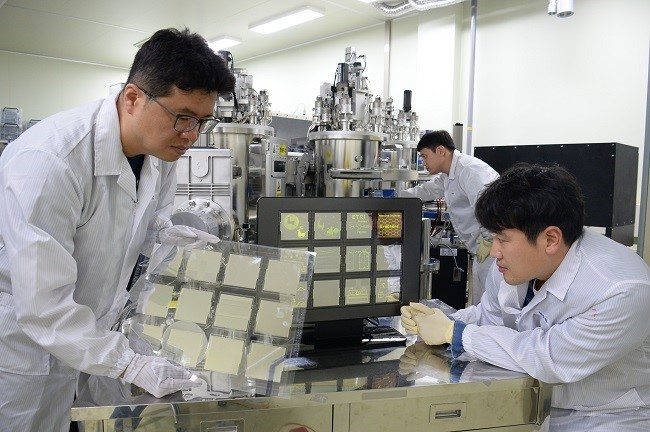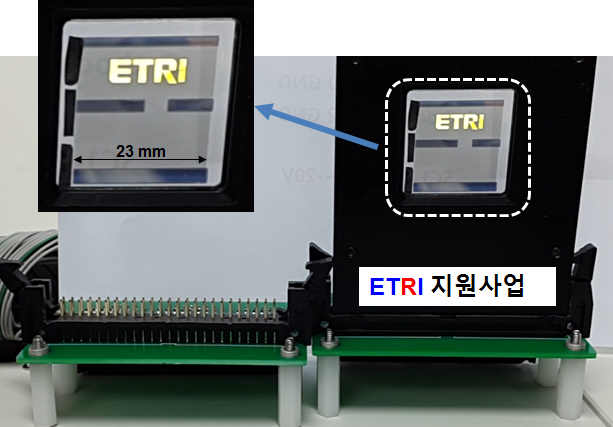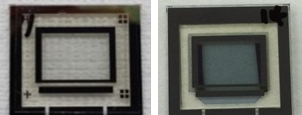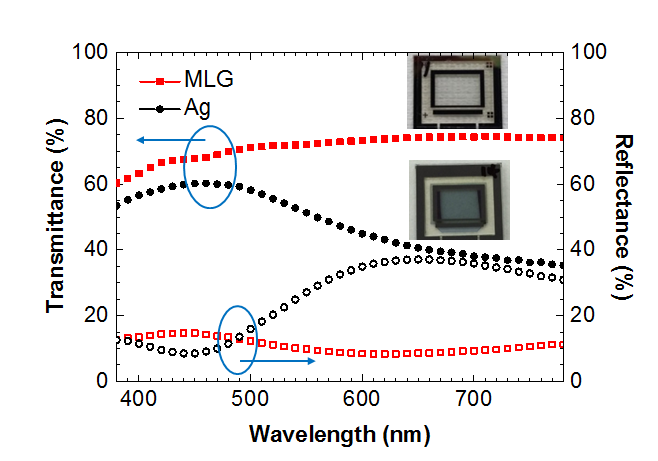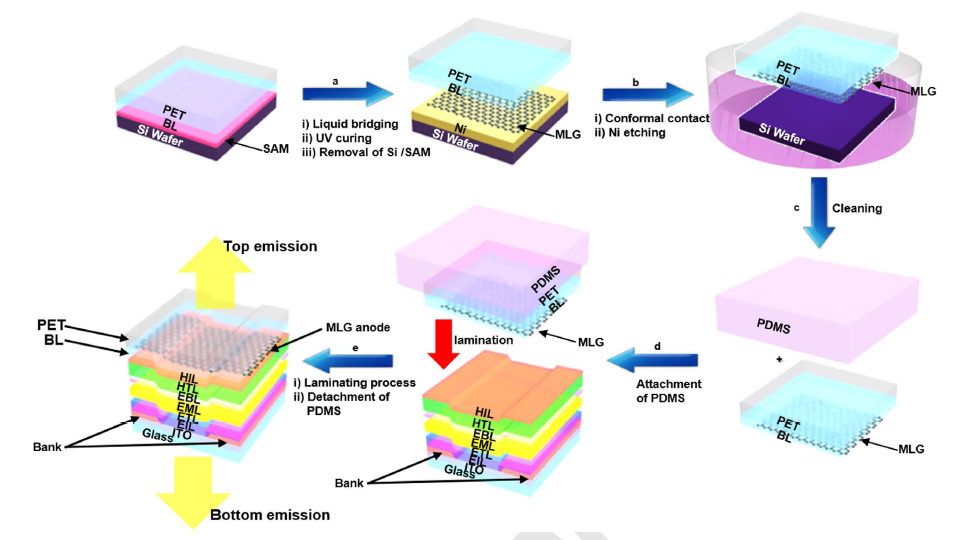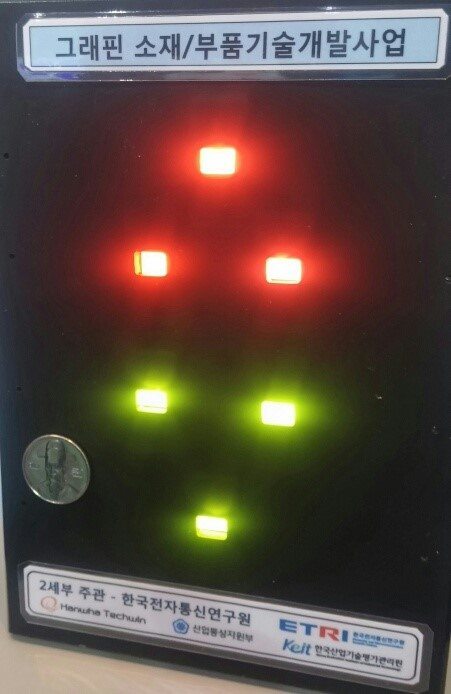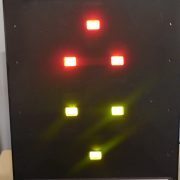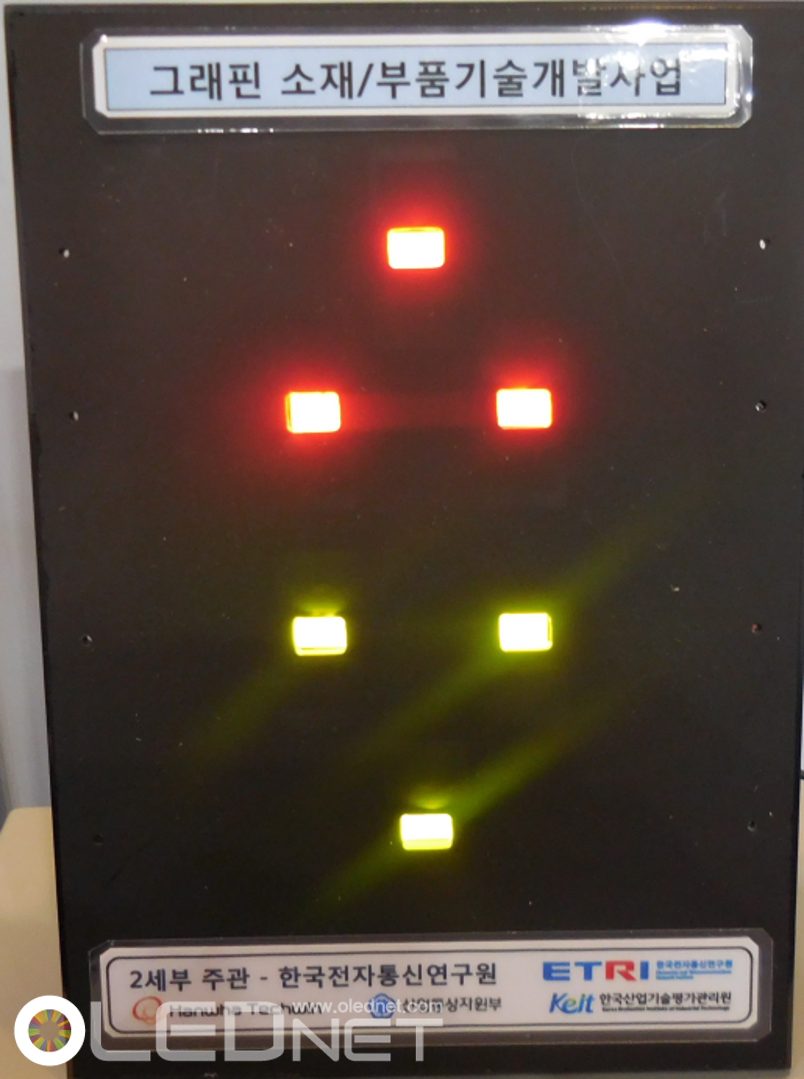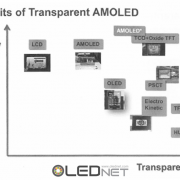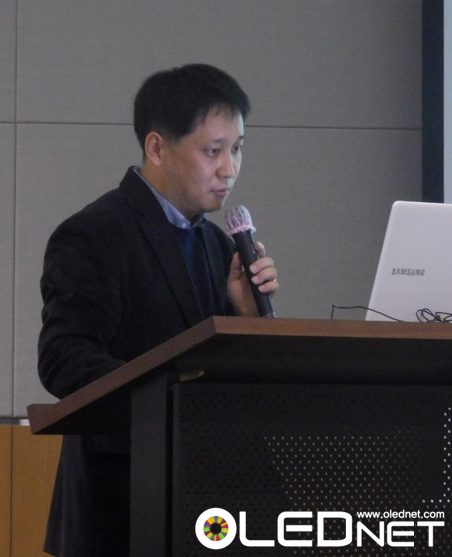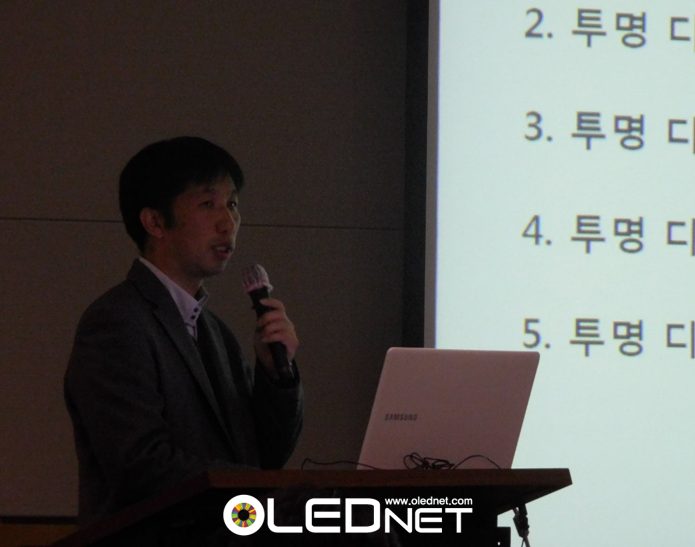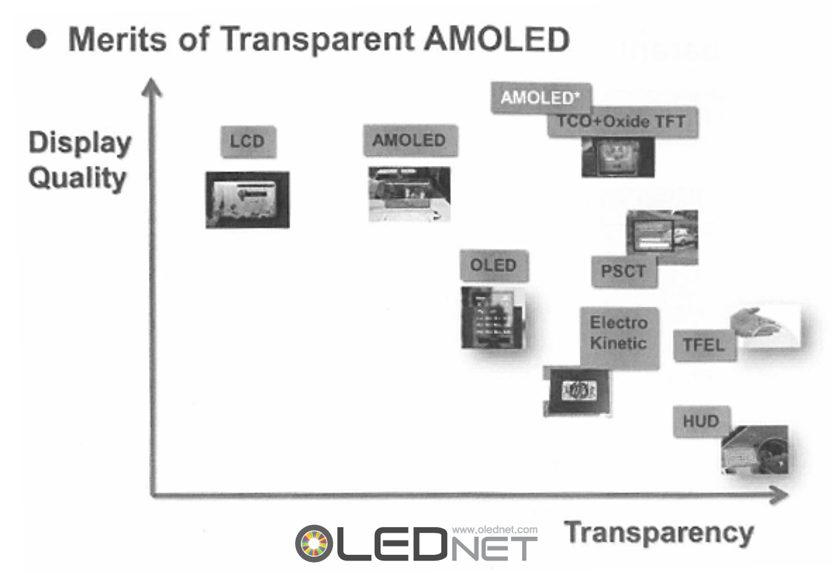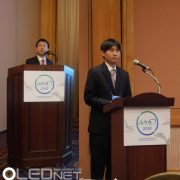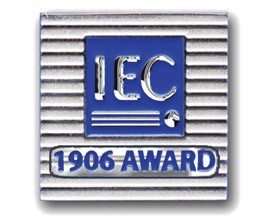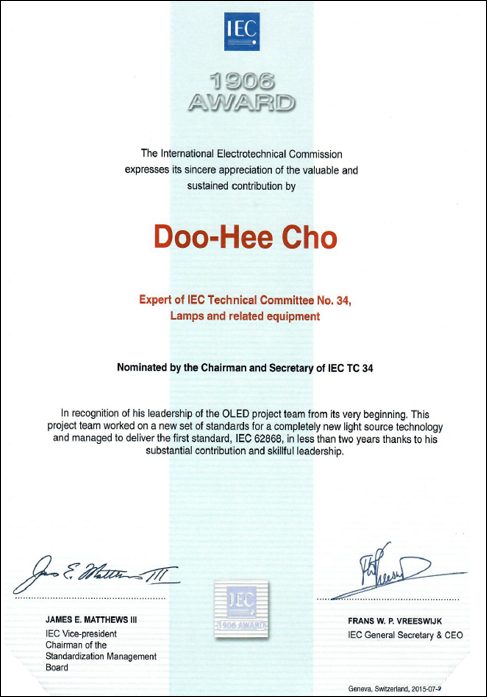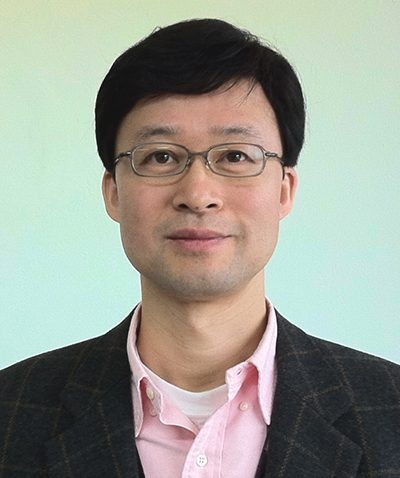- – The world’s first OLED lighting international standard proposed by Korea
- – Promote OLED Industry by standardizing ‘Low Power’‘Eco-friendly’ OLED Lighting
- – Establish New Ecosystem for the Next Generation Lighting Industry, Take the lead of Creative Economy
The grand achievement was made for the Korean researchers as the Organic Light Emitting Diodes (OLED) lighting technology that they have suggested for the first time in the world was chosen as the international standard by the International Electrotechnical Commission (IEC).
This accomplishment will promote domestic companies to enter into the OLED lighting field as Korea occupies more than 90% of the entire global market in case of AMOLED display using OLED.
The ETRI (Electronics Telecommunications Research Institute, President Heung Nam Kim) announced on the 11th that Dr. Jo Du-hui from the Soft I/O Interface Research Lab conduced significantly to the international standard of 『Safety requirements for OLED panels used in general lighting』.
OLED lighting is drawing attention as a representative creative technology to lead the next generation lighting industry for it has eco-friendly properties like energy saving and, in addition, it is thin, lightweight, transparent and bendable.
Especially for OLED, it is advantageous in terms of industrial infrastructure utilization as Korea is dominating the global market of AMOLED display.
Therefore, the researchers are expecting to have higher international competitiveness than in any other lighting fields.
ETRI was carrying out the enactment of international standard as a pressing task along with the development of relevant technologies to build OLED lighting industry ecosystem.
It is because the standardization is critical to use and industrialize the OLED as a light source of numerous lighting fixtures.
Thus, the speedy preoccupancy of international standard by ETRI is to be the favorable condition in the Korean OLED lighting related industry.
In the course of legislating the international standard, the opinions and test results concluded in consultation with the domestic company were reflected on the standard.
Accordingly, the ETRI expects to create groundwork for the expansion of market in a short period of time by saving time and cost for domestic companies in industrializing and minimizing the confusion in entering into the market.
ETRI is planning to take the lead of the performance standard in relation to the efficiency and lifespan of OLED light source following the international standard regarding safety field.
Furthermore, it was said that the standard for the module will be carried forward additionally.
Supported by the Lighting Committee of Korea Agency for Technology and Standards, Dr. Jo Du-hui performed outstandingly as the chairperson of ‘OLED Lighting Working Group,’ which is IEC’s technical subcommittee for lighting fields since 2011.
The standard proposal for the ‘Safety requirements for OLED panels used in general lighting’ was submitted to IEC in November, 2011 for the first time and issued in September as the final decision was made after the three-year long discussions and revisions.
Every electronics must be certified through the safety test when importing and exporting. The international standard that Dr. Jo of ETRI accomplished is defining test methods and standard values for various electric/mechanical characteristics of OLED together with the labelling requirements for the safety certification.
The registration of international standard for OLED lighting is a remarkable success of obtaining Korea’s first international standard in the international standard organization of lighting field where advanced countries are taking the lead.
As stated by the UBI Research which is the professional OLED related market research media, the OLED lighting panel market is prospected to be about $ 4.7 billion in 2020 globally.
ETRI forecasts that there is growing possibility of Korea occupying the world’s OLED lighting market in advance on this occasion of the international standardization besides the fact that it is the OLED lighting industry of Korea which has the one and only mass production technology in the world.
Lee Jeong-ik, the executive director of Soft I/O Interface Research Lab said that, “This research result is expected to activate OLED lighting industry and contribute to establishment of the new ecosystem for the next generation lighting industry conform to creative economy scheme.”
ETRI performed a leading role in periodic technology developments together with international standardization tasks from the material/parts to the light source-lighting fixtures through the support by the Ministry of Science, ICT and Future Planning and the Ministry of Trade, Industry and Energy.
This accomplishment of standardization was facilitated through the ‘Development of Key Technology for Interactive Smart OLED Lighting’ project by the Ministry of Science, ICT and Future Planning.
Through this project, the research team produced satisfactory results of developing OLED lighting technology of wireless power system among 12 domestic and international papers, 29 national and international patents, and 4 technology transfers.
Source – ETRI
